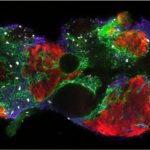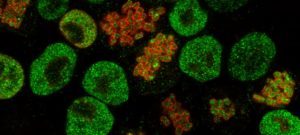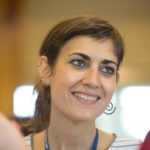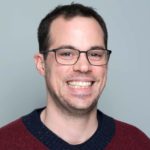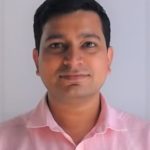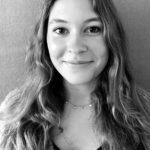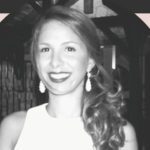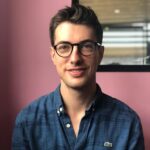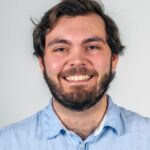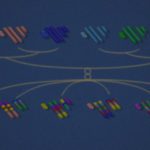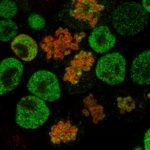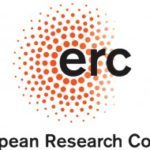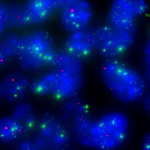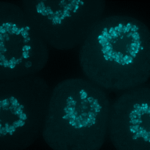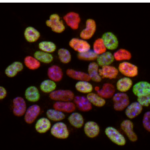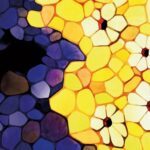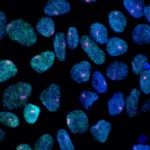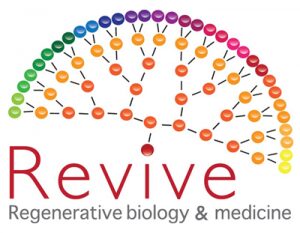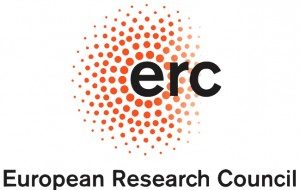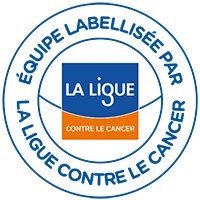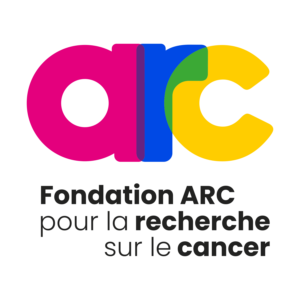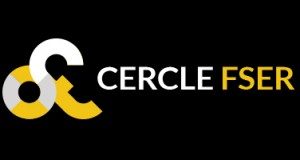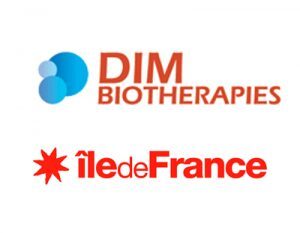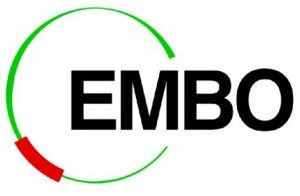Cliquez pour voir le graph
Connexions
Présentation
Groupes
Group

Embryon précoce de mammifères et cellules souches
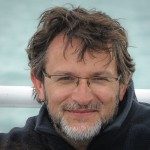
Michel Cohen-Tannoudji
Membres
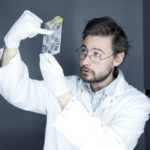
Pablo Navarro Gil
Responsable de Structure
Responsable
Anciens Membres
2000
2000
Name
Position
2013
2019
Laurence HAY
Administrative Staff
2013
2014
Jocelyn MOUCHON
Technician
2014
2014
Elena GALLEGO
Intern
2014
2015
Naomi NIGRON-RIVAL
Intern
2014
2014
Corinne VERON
Technician
2014
2018
Victor HEURTIER
PhD Student
2014
2018
Alexandra TACHTSIDI
PhD Student
2015
2015
Adrien MOUREN
Intern
2016
2016
Quentin DELETANG
Intern
2016
2019
Nick OWENS
Bioinformatics scientist
2016
2017
Nancy GUTIERREZ HERNANDEZ
Intern
2017
2017
Loris VINCENTI
Intern
2017
2019
Thaleia PAPADOPOULOU
Postdoc
2018
2018
Olivier PIAU
Intern
2018
2019
Eslande HERCUL
Technician
2019
2020
Nicolas GAIANI
Technician
2019
2021
David FOURNIER
Bioinformatics scientist
2013
2021
Philippe Clerc
Permanent Researcher
2019
2021
Amandine Molliex Palud
Postdoc
2013
2021
Philippe Clerc
Permanent Researcher
2018
2021
Amandine Molliex Palud
Postdoc
2017
2021
Laure Bernard
PhD
2021
2022
Veronique Fischer
Postdoc

